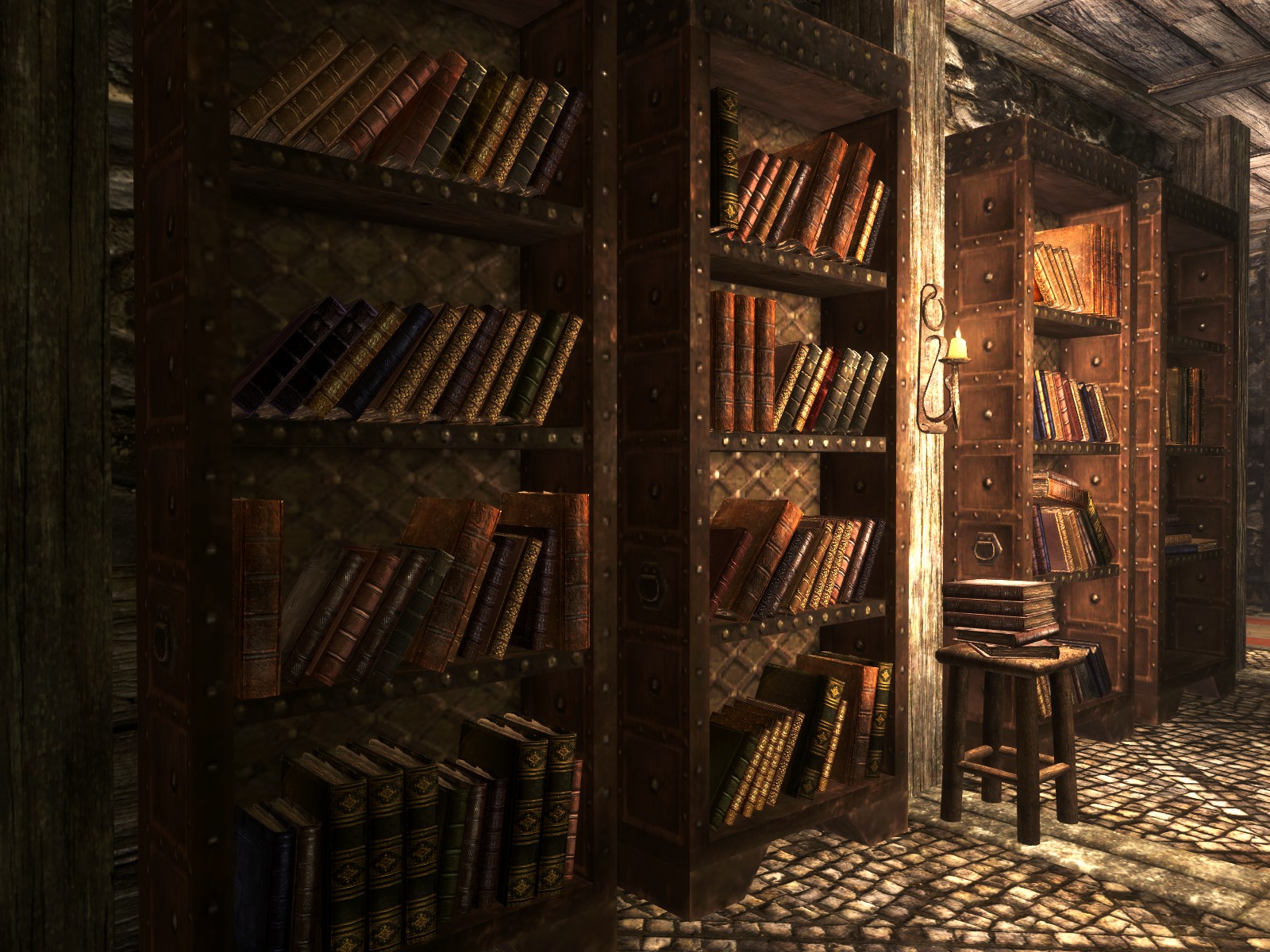Game Story and narrative - Research into history and references
Game
narrative is usually quite different from the kind you would find in
films or books. The point which sets it apart is that it is an
interactive medium and not passive, this sets new challenges in
finding ways to provide an interesting and engaging story while still
not sacrificing the immersive quality of games.
Still
unlike films or books, methods of game narrative have not been
defined as strictly, there is a large area of experimentation
occurring in games where different approaches to narratives have been
explored.
Notable
mechanics and developments
Most
concepts of game story have originated from studies of other forms of
media. The three act structure that I talked about in my last post is
one example of a concept taken from books and films adopted for
games, Donkey Kong was the first video game to use it effectively
with a definitive beginning, middle and end.
Also
a lot of older games, RPGs in particular borrowed a lot of elements
from table top board games and live action role playing games.
Concepts like 'Quests' and alternate narrative stemmed from the these
mediums as with board games and live action role playing there are a
number of factors which continuously influence the ongoing narrative,
this is also where side-quests or side-missions come from as a way to
give the player more freedom in forging their own narrative by giving
them the option to do certain tasks.
Non
playable characters are another feature carried over from traditional
RPGs, these were utilised in console RPGs like Final Fantasy where
NPCs could be interacted with to further plot, get sidequests or to
get items through shop systems. NPCs are now almost a necessity for
most games with narrative elements , even for the most simple of
games.
/Update%2019/46-ffvi19_066.png) |
| Final Fantasy and NPC usage |
Differing
approaches to game narrative
One
approach used by Quantic Dream games in particular is the adoption of
more cinematic story elements in order to forward story. The gameplay
is driven forward by on screen prompts (more commonly known as QTEs)
with more of a focus on the dynamics between the characters. The pros
of this method is the story is well paced and there is a great
dynamic between characters, however forced actions and pacing can
hinder the adventurous aspect that can only be found in games.
At
the other end of the spectrum open world games use a less restrained
form of storytelling. Games like Skyrim and Grand Theft Auto have a
main story that the player can choose to follow but can go off and do
their own thing, creating a new and unique narrative. This lends well
to letting the player create their own sense of narrative pacing,
tension and achievement as their aspire to do their own tasks in the
game. This method though downplays intimate character interaction as
used by more structured games.
How does all this relate to
game art?
Game narrative is best told through meanings,
interactions and feeling rather than through exposition, this is
because a game has to be experienced and one way to push that is
through using composition, colour and form. A moody atmosphere can
communicate ideas a lot more than a piece of descriptive text can, a
picture says more than a thousand words after all.
An example of storytelling through visuals can be found
in The Last Of Us which places the player in a post-apocalyptic
United States setting. The game environment contains loads of little
details which contribute to the narrative; overgrown and littered
streets filled with abandoned cars, empty buildings with walls
covered with damp and city alleyways that hide looted bodies. All of
these details help sell the world to the player, helping to create a
more immersive experience.
 |
| Environment concept art from The Last Of Us, even from this image you can imagine a story from it. The peeling wallpaper, dirt and rubble add to the aged look and mystery of this building. |
These details are a form of world building, the idea is
that they can communicate backstory of the game's characters or world
without directly mentioning it in text or speech. This also expands
to include extra back story material This is a technique used a lot
more in modern games where players can seek out extra backstory by
reading books, documents or other voice bites dotted around in the
level, this also acts as a way to reward players who explore the
world more.
That's it for now about game story, in my next post I
will put everything together in a collective blog, referenced and a
bit more structured with some more in depth studies of some of the
games I have mentioned.
See ya next time



Comments
Post a Comment
Leave a comment, I'll try and get back to you soon as possible. ^.^